May 21, 2025 | 07:20 GMT +7
May 21, 2025 | 07:20 GMT +7
Hotline: 0913.378.918
May 21, 2025 | 07:20 GMT +7
Hotline: 0913.378.918
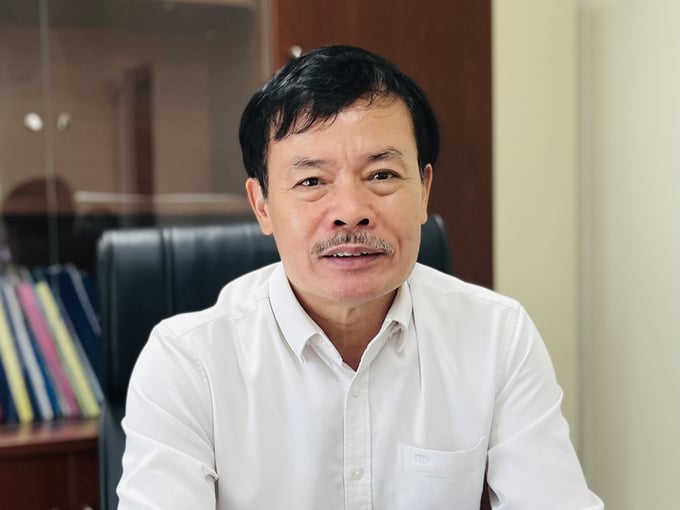
According to Mr. Nguyen Xuan Duong, Chairman of the Vietnam Livestock Association, our country's livestock industry has many advantages but also faces countless challenges. Photo: Hong Tham.
Following the ups and downs of the livestock production industry, a number of people have questioned whether or not animal husbandry is one of our strengths, what is your stance on this matter?
It is true that compared to other nations, Vietnam lacks the land resources to develop industrial-scale livestock production. However, our livestock production is not too inferior to others.
Initially, the demand for livestock products in the Asia-Pacific region and other nations continues to increase. The current legal institutions and development policies of the livestock production industry have been perfected and deemed suitable for the industry's promotion when they are utilized effectively.
Second, businesses have made substantial investments to modernize and synchronize the technical and material infrastructure supporting livestock production. The production of livestock has been reorganized in accordance with the link chain, under the course of large-capacity businesses. This is a crucial foundation for the development of the commodity industry in accordance with market demands.
Expansion of livestock production creates more opportunities for international collaboration, and exchanges of science, technologies, breeds, livestock, and veterinary materials, among others.
What about the restrictions, such as the "curse" that MARD Minister Le Minh Hoan once emphasized regarding "fragmentation, smallness, and spontaneousness", sir?
That's correct! They are the three greatest obstacles to agriculture in general and animal husbandry in particular. These disadvantages have led to an increase in the prevalence of diseases, particularly those with a new mode of transmission, resulting in higher production costs and increased financial burdens for animal husbandry.
In addition, the domestic livestock products market is under increasing pressure as a result of declining purchasing power, the growing availability of imported foods, particularly inexpensive foods, and the issue of informal livestock product imports across border provinces.
Imports of animal feed constituents and production input materials continue to rise, resulting in a loss of supply and cost autonomy for domestic production.
As the deadline for implementing these regulations, January 1, 2025, approaches, environmental pressure and the relocation of livestock facilities out of areas where livestock cultivation is prohibited under the Livestock Law and Environmental Law will be a major challenge for the livestock industry.
The increasing demands of the market for livestock products in terms of food safety, environmental tolerance, the sharing economy, and humane treatment of animals are exerting significant pressure on livestock husbandry.
Vietnam's livestock populations are among the largest in the world, exerting significant pressure on environmental factors and resources... resulting in a shrinking livestock agricultural space.

It is necessary to grow corn to get biomass as food for grazing livestock. Photo: Hong Tham.
In addition to internal subjective causes, is a reliance on imported feed raw materials a contributing factor to the difficulties confronting Vietnam's livestock industry today?
Vietnam's livestock industry is constrained by the issue of animal fodder materials. This has not just been discussed but has been "repeatedly stated" numerous times in the past. We have taken steps to become partially self-sufficient in basic materials, but the results have not been as anticipated.
Vietnam lacks comparative advantages in the production of feed raw materials, particularly large raw materials such as cereals, maize, wheat, oil cakes, and soy meal, and therefore must import password.
To surmount this limitation, in my opinion, first of all, it is necessary to economically and effectively use feed raw materials, both imported and domestic, with scientific and technological solutions, raw material management and production organization.
Second, consider the country's ability to be partially self-sufficient in animal feed materials, particularly those derived from agricultural and industrial byproducts. It can be refined and utilized as a feed ingredient.
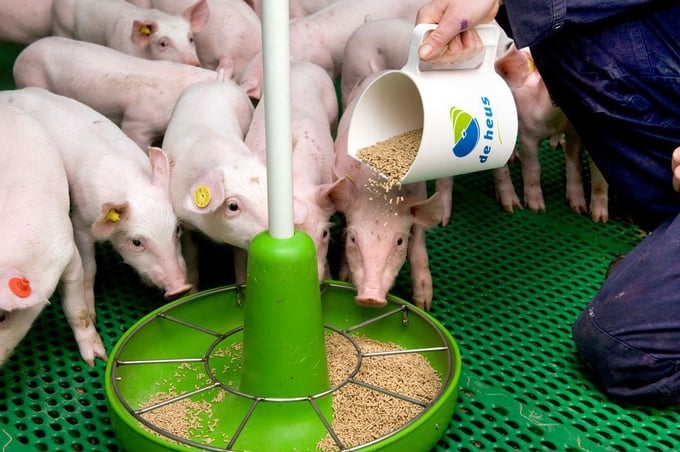
In our country's livestock structure, number 1 is still pigs, number 2 is poultry, and number 3 is buffalo and cows. Photo: Hong Tham.
We have fruit processing products that are suitable for silage and fermentation, as well as abattoir products, particularly seafood, that can be fermented and hydrolyzed to increase nutritional value.
It is possible to organize the production of certain commodities for animal fodder in which the nation has a comparative advantage, notably the farming system for seaweed, seaweed, and insects. It is necessary to cultivate maize in order to obtain biomass for grazing livestock.
It is possible for us to reduce the cost of importing animal feed materials by reducing the costs of inspection, administrative procedures, and quarantine.
Fourth, a substantial investment in logistics is required. Currently, domestic transportation costs in Vietnam are 10-15% greater than the regional average. If a logistics system exists, food costs will decrease. Lastly, it is necessary to modify the livestock structure by reducing the number of animals that consume a great deal of cereal and increasing the number of grass-fed animals.
Thank you!
Translated by Linh Linh

(VAN) Dong Thap farmers attained an average profit margin of 64% during the summer-autumn 2024 crop (first season), while An Giang and Kien Giang farmers followed with 56% and 54%, respectively.

(VAN) As a doctoral student doing research on renewable energy and electrification at Harvard University, the author shares his musings on electricity, nature, and countryside memories.
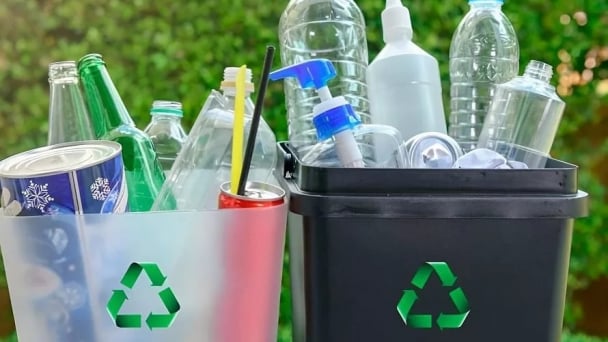
(VAN) The decree on Extended Producer Responsibility (EPR) ensures transparent management and disbursement of support funds, avoiding the creation of a “give-and-take” mechanism.
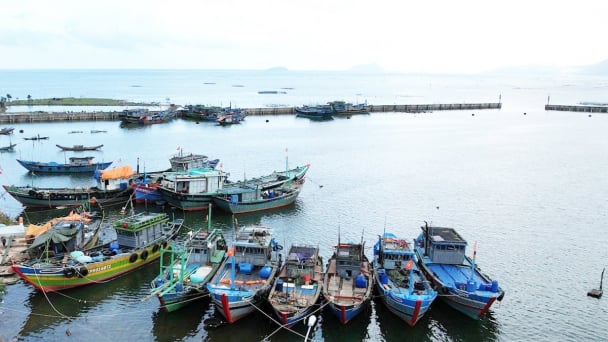
(VAN) Hue City rigorously enforces regulations regarding marine fishing and resource exploitation, with a particular emphasis on the monitoring of fishing vessels to prevent illegal, unreported, and unregulated (IUU) fishing.

(VAN) Hanoi People's Committee has issued a plan on reducing greenhouse gas emissions in the waste management sector with 2030 vision.
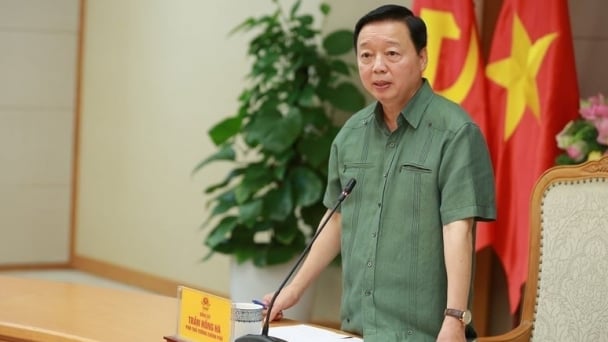
(VAN) Vietnam's draft amendment to Decree No. 156 proposes a mechanism for medicinal herb farming under forest canopies, linking economic development to population retention and the sustainable protection and development of forests.
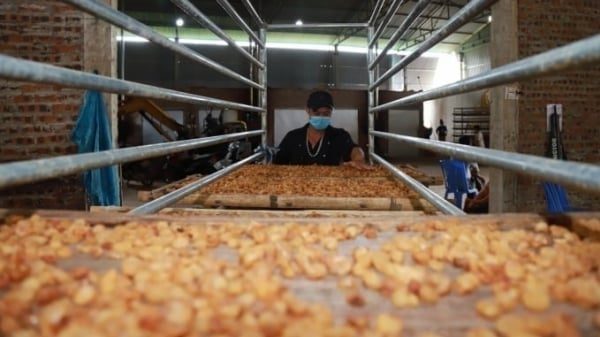
(VAN) In reality, many craft village models combined with tourism in Son La have proven effective, bringing significant economic benefits to rural communities.